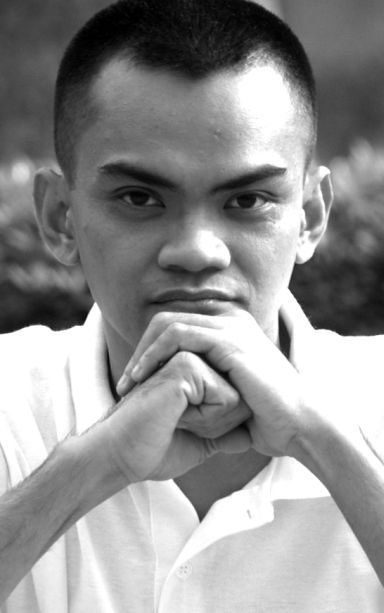
PAREDES
My recent trip to Pagadian City brought me back to the time when I first came to this place in 1994. For more than a month during the summer of that year, I joined an archaeological field school held at Fort Militar, a Spanish fortification built on top of a mountain in the coastal fishing village of Militar in Tukuran, Zamboanga del Sur.
The field school was a joint project of the University of San Carlos Sociology-Anthropology Department, the National Museum, and the Zamboanga del Sur Provincial Government. Our team was composed of selected Anthropology students, a few volunteers (including me and my brother Charlo, who was then a history professor in nearby Mindanao State University in Marawi City), and archaeologists from USC and the National Museum.
Heading the team were Jojo Bersales, a professor of the USC So-An Department and a resident of Pagadian, and Angel de la Cruz, an archaeologist from the National Museum. Our mission was to study the site and conduct excavations in Fort Militar, which was then already in ruins.
This was to be the first time that serious research was made about the Spanish structures that apparently were hastily built on the eve of the revolution in the late 19th century. The whole military complex strategically located on top of a mountain, which offered a 360 degree view of the sea and the rugged mountains of the Zamboanga Peninsula, had an infirmary and living quarters for both Spanish soldiers and civilians. Not much is left of these buildings which had been overgrown with bushes and trees. A few walls were left standing of what could have been an amazing feat of construction hundreds of meters from sea level.
So every day, we would climb about one kilometer through dense forest to the site from our camp at the barangay school at the foot of the mountain.
We combed the site for artifacts still left on the surface and dug up “test pits” with picks, shovels and paint brushes. It was tedious and admittedly boring work for a group of students expecting to have an Indiana Jones type of adventure during the summer break.
But we did find some very telling artifacts: a saucepan-looking, open faced charcoal-fed flat iron, a Mauser rifle bullet, several medical and liquor glass bottles (broken and intact), ceramic pot shards, and a midden or heap of kitchen refuse full of chopped animal bones that gave us hints as to the daily diet of the residents in the military complex.
There were traces of a telegraphic line and a stone-paved road for horse-drawn carriages. Oral history told about existence of railroad tracks for small boxcars that led from the lowland community to the fort. It would seem that the buildings were built by the Spaniards first to protect themselves from the Moro pirates who might enter the town through its long line of beaches. The raiders could be easily spotted by the Spaniards from that elevated position.
But considering the time it was built, it is obvious that the Spaniards anticipated that things could get worse for them as news of the revolt in Manila reached them. They built a fortification where they could retreat to safety in case the uprising reached Mindanao. Not much is known as to what really happened there. How, for instance, the structures were destroyed.
During our interviews, locals told about finding peculiarly long bones they believed to belong to tall white men that once inhabited the facility. Some of them claimed to have seen ghosts at night there, the reason why most residents avoided going up there at night believing it was haunted.
But one time, out of a dare and after a few rounds of beer, we all hiked to the top at midnight with only a small flashlight and the moon to light our way into the forest. We reached the place and found a couple of treasure hunters doing their own illegal excavations at the historic site.
We found no ghost, however, but the memory of the place, an old Spanish fort uniquely located on top of a mountain, still haunts me now. On my second trip to Pagadian, I missed the chance to visit Fort Militar. I would have wanted to make another climb up there to see if the site of our excavation is still there. Perhaps, standing there alone I would only hear our own laughter still echoing in the ruins and the forest more than 20 years ago.
Disclaimer: The comments uploaded on this site do not necessarily represent or reflect the views of management and owner of Cebudailynews. We reserve the right to exclude comments that we deem to be inconsistent with our editorial standards.
